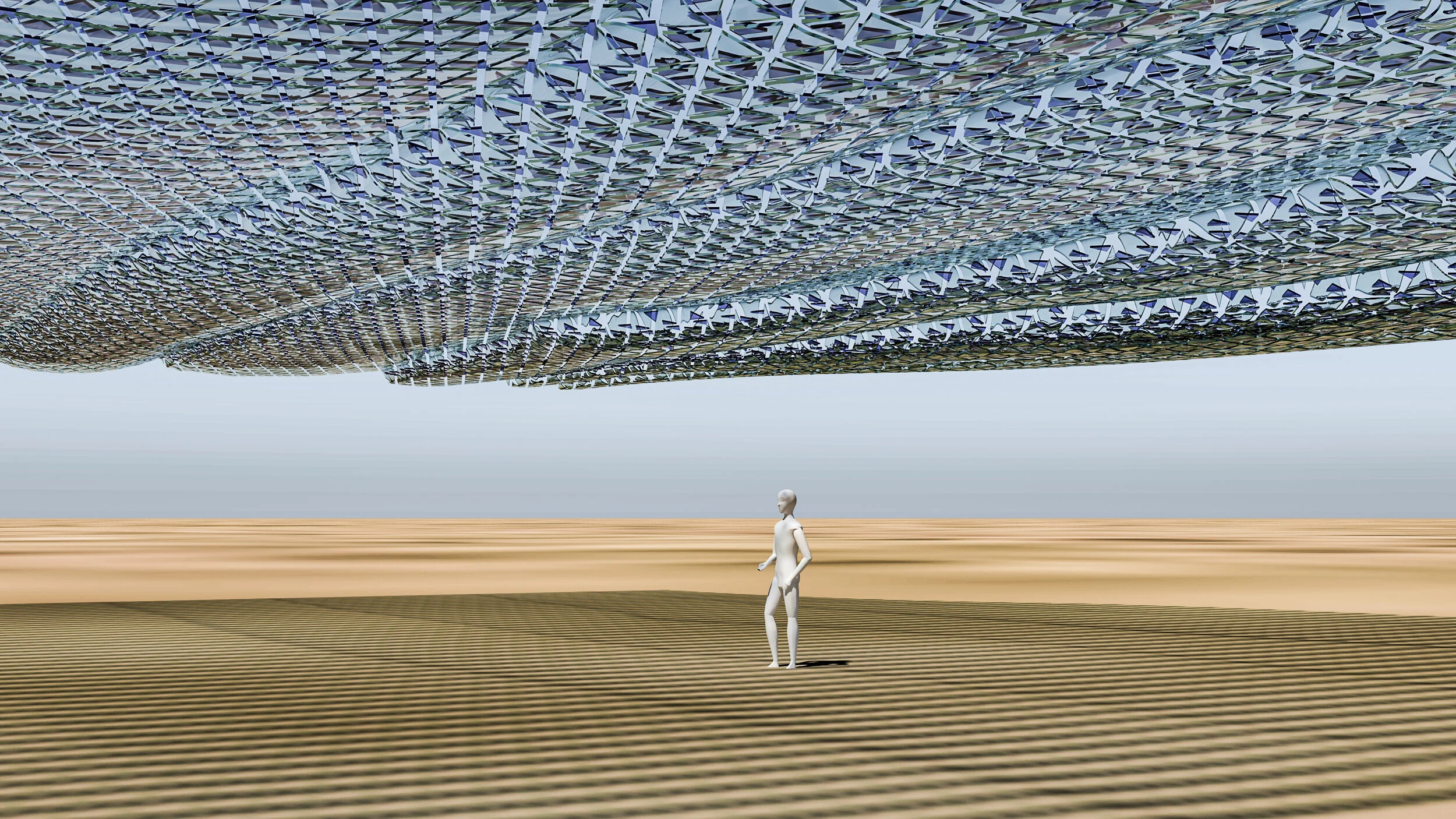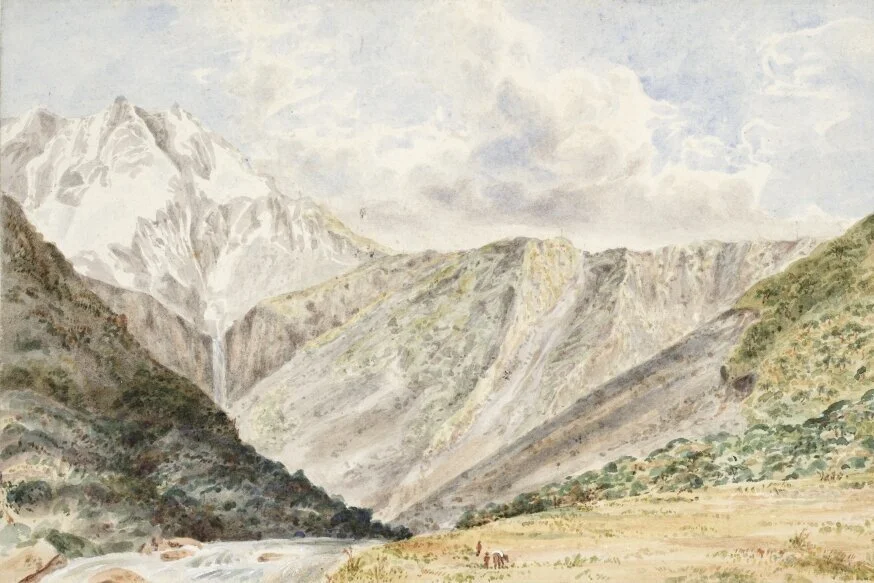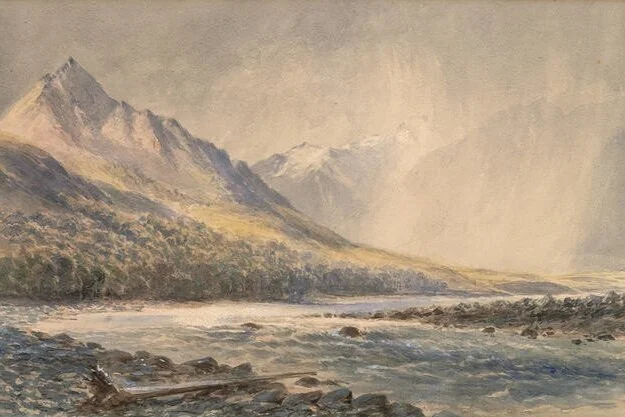How Do You Begin a Thesis? Part 05
In the latest instalment, we are talking to students at Unitec to ask them “How are you starting your thesis”? And, given the unprecedented challenges with COVID 19, being two weeks into isolation, we are also asking them “how are you adjusting your process to work at home?”
SANNZ: How are you starting your thesis? How are you adjusting your process to work at home?
Kelly Thomas-Raela: I started my thesis by looking at the bigger picture. I was struggling with questions like; What do I want to achieve through my architectural pathway? How does that fit within this project? Within Kaitaia, within Aotearoa, within the world? Big questions don’t always need big answers. By drawing I was able to simplify them all, get perspective, and direction. The next move was to find a framework to give my project boundaries. I am using this framework as a tool to show progress, and to ultimately gauge the success of my exploration. So what is there to explore? Being house-bound means my exploration has largely been through reading - I am currently trying to be a sponge for information. However, there is nothing like a lock down and restriction on resources to encourage creativity. Drawing, modelling and other crafting are ways I filter and understand the information I’ve taken in.
Suellen Machado: My research involves the understanding of choreography and its potential to function as a stimulus for movement in architecture. I am developing a personal design strategy that enables an interesting exploration of choreographed movements. Below are the steps I followed:
Step 1 - I chose an Artistic Gymnastics floor routine to critically analyse in plan view by drawing a motion path and its elements.
Step 2 - Elevation graph drawing of the routine focusing on feet, arms and head movement.
Step 3 – Application of principle of grid.
Step 4 – Model making: The column is related to existing structure of the chosen site together with the movements cut into shapes.
Step 5 - Inspired by the Beijing Urban Furniture Exhibition combined with the theory of “Architecture’s Action Form”, I started to analyse the result of the model as inspiration for dynamic action in a small scale.
I do not believe that my project is directly affected by COVID-19 lockdown so far, I had most of my physical analysis and interviews done by January, meaning that I have enough material to work, but I consider it has expanded the boundaries of creativities with the limited resources.
Neil McCulloch: For my thesis, I wanted to do something playful, but also personal. Essentially, my thesis is about finding cultural identity through architecture, but as that encompasses such a broad palette of directions, I have chosen to work through the culture I identify with – that of surfing. It has proven to be a topic with a rich source of inspiration – such as surfing’s history and etiquettes, to oceanic and technological themes. The challenge of this project is to find the correct combination of themes to respectfully and tastefully represent surfing’s culture. To start with, I have refined words which align surfing principles with physical design, such as balance, movement, and improvisation, and also observations of surfing’s anthropomorphic gestures, and the mechanics of how surfing is done.
Before lockdown took hold, I luckily managed to get some footage of my site at Te Arai Point, via drone, land-based stills, and water-based go-pro video, resulting in valuable inspirational content. Being based from home during lockdown is proving bearable – I have set a balanced routine of - learning new digital tricks, rummaging through whatever materials I have to make sketch models and drawings, and being a husband and father. I luckily have a spare room where I have set up a work station – a place where I can learn, create, and test ideas. Being an introvert helps as well…
Matthew Ryley: I’ve started with history and mapping. Because of the lock down I cannot visit my sites. All of my designs are very localised around the area within the site they are in, so not being able to tramp the route through the mountains is creating an opportunity to dive into the books instead. The site being centred around a traditional and historic Ngāi Tahu travel route is rich with history. Being the first traverse of Kā Tiritiri o te Moana, Raureka is a little-known pioneer of our country. Mapping this trail and reading through journals of the early explorers is helping shape an understanding of the layers of history and conflict my project needs to engage with. Translating that to a modern, prefabricated architecture is challenging but I am enjoying the nuts and bolts of construction systems that touch lightly on their surroundings. A driving force of this project. Layering maps with information gives way to collate information that builds up quickly, with this comes a mechanism that allows for expressive interpretation.











